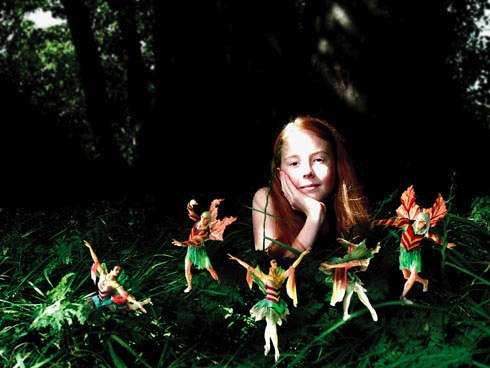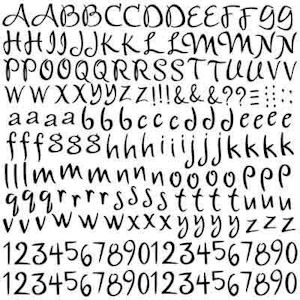 What does it take for someone to be considered an expert at what they do? Is it that they are wise and knowledgeable, that they are reliable and educating, or is it purely because of their skill and technique? Another question is, how does a person rise from 'a novice' in their profession to be considered an 'expert'. The answer, is practice. Experts are considered to have an intense, ongoing experience in what they do, and some people are only considered true experts through receiving specific acknowledgements or qualifications. Like the saying goes, practice makes perfect. But others like to argue that a person is an expert in their eyes because their work and they as a person are truly inspiring and magnificent to the eye. As a photography student it is part of my course to learn from experts and professionals in the field. I feel I need to be inspired by ones work in order to learn and develop my own skills. Since starting to learn about photography, I have come across many photographers and artists, yet one photographer has always stuck out to me and has truly inspired me into becoming a photo-journalist. That photographer is Steve McCurry.
What does it take for someone to be considered an expert at what they do? Is it that they are wise and knowledgeable, that they are reliable and educating, or is it purely because of their skill and technique? Another question is, how does a person rise from 'a novice' in their profession to be considered an 'expert'. The answer, is practice. Experts are considered to have an intense, ongoing experience in what they do, and some people are only considered true experts through receiving specific acknowledgements or qualifications. Like the saying goes, practice makes perfect. But others like to argue that a person is an expert in their eyes because their work and they as a person are truly inspiring and magnificent to the eye. As a photography student it is part of my course to learn from experts and professionals in the field. I feel I need to be inspired by ones work in order to learn and develop my own skills. Since starting to learn about photography, I have come across many photographers and artists, yet one photographer has always stuck out to me and has truly inspired me into becoming a photo-journalist. That photographer is Steve McCurry. Steve McCurry is an American photojournalist who is universally known as one of today's finest photographers. He has covered several international conflicts such as the Iraq-Iran war, Afghanistan and the Gulf War. What is extremely special and striking about McCurry's work is not only his sheer skill and talent, but they way in which he can captures both human struggle and joy. His images tell magnificent stories and let us as the audience make an automatic connection to the place he is capturing. Without a doubt the most famous image of Steve McCurry's career is 'Afghan Girl' from 1984 (above); It was named "the most recognized photograph" by National Geographic. If in order to become an expert you must receive several acknowledgements and awards, then McCurry has to be considered the best of them all.
Another factor that I feel ranks Steve Mccurry as one of the experts is the commitment and willingness he shows in order to create the image that he wants. When he first entered Afghanistan in 1979, he disguised himself as a local and sewed his film to his clothes in order to cross the border. It was this commitment that produced some of his finest work and won him the Robert Capa Gold Medal for Best Photographic Reporting Abroad. It is also this determination that makes him one of the most inspiring photographers of the decade, and a expert.
To me Steve Mccurry is one of the best photographers of all time. Not only has he won an incredible amount of awards and honours, developed an astonishing skill and technique and is an inspiration to many aspiring photographers, he also manages to connect people around the world through his work. Mccurry loves to capture people from different cultures around the world, however manages to capture the essence of humans that bring each culture together and make us all alike. This skill is a rarity in today's world of photography and one Steve Mccurry has mastered in a way that he has to be considered one of the greatest experts in the field.






















